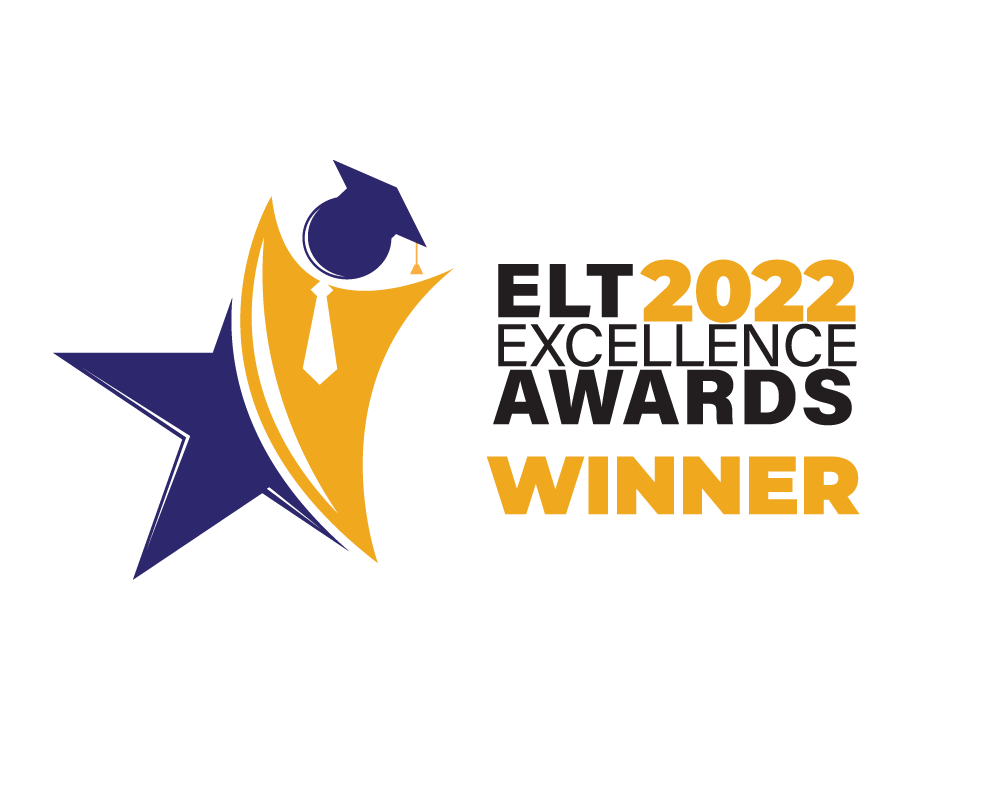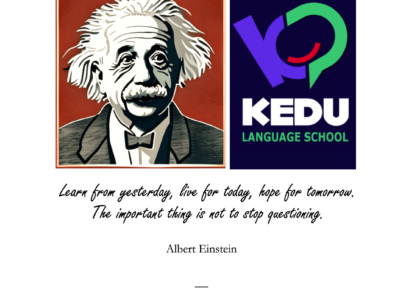
Fusing the blended learning approach with young learners
Proposal Abstract:
The post-pandemic era has seen a change in our student’s mentality toward learning. We have observed a decreased attention span and a reduced level of motivation. We argue that by using a blended learning approach, we have broadened student attention span and boosted motivational levels. We now offer a more personalised learning experience using differentiated instruction, taking advantage of student readiness levels at home and offering more choice in the way our students learn. Hence, we have witnessed accelerated learning and we feel this type of approach better prepares students for the post-pandemic digital living and digital working era.

Long description:
After the pandemic, we are no longer guaranteed that our students will simultaneously be focusing on the teacher passionately trying to deliver content in an otherwise meaningful way. Honestly, we had seen this shift in student mentality even before the pandemic, it is just that after the pandemic it has multiplied. This has given birth to a need that had arisen during the pandemic, the need for taking advantage of a mixed blended learning environment using a flipped learning approach that caters for student readiness to learn. It is not that they do not want to be given instruction, it is not that they do not want your invaluable feedback and encouragement, it is that no more can they embrace the given information at that given time.
How did we cater for this new need at our school?
We extended the significance of the use of technology that we saw was effective during the pandemic and adapted our approach to teaching, which resulted in redesigning the way we integrate our school’s digital platform to cater for these new needs. We opted for a blended learning approach that had us redesign our curriculum to give students access to a wider range of digital content and in our instructional design, we incorporated more student-to-student interaction and student collaboration activities out of class.
Before the pandemic, in our classroom, we endeavoured to engage students with content by using as much student-to-student interaction and collaboration as possible. This means that in class, we try to engage students with content by using various interaction patterns like teacher-student interaction, student-content interaction and student-to-student interaction. Obviously, the more active learning that we did the more design of student-student interaction that was needed and ultimately using a problem-based approach, student collaboration was what we aimed for.
So what is different now?
We now take advantage of the out-of-class time and get them to interact before they come to class. This led to a need to better design our courses. Having a few key points in mind we set out to ask questions like: what goals do I have for my students? how can I break down these goals into learning outcomes or steps to reach those goals, and how can I measure student success?
In our school platform, we have integrated the use of digital classrooms and the use of a Learning Management System (LMS) to cater for these needs. Wanting to keep student-student interaction and collaboration levels higher even out of class we integrated a few more tools into our platform. We have integrated content to be accessed out of class to go with each module. This has led to more student-content interaction out of class. This helps because when our students choose to interact with the content or when they are ready to receive instruction from us they go ahead and do so. This resulted in greater interaction levels and higher levels of understanding of content. The content mentioned here comes in the form of flipped videos in both English and Greek, infographics, tables with grammar rules, and authentic examples from movies that we have prepared for our modules not only for grammar content but also for topic-level materials the student book addresses like environmental problems, the arts, and other such level based materials using more authentic materials like videos and articles to be accessed out of class. Here we always have an accountability task like a quiz or a writing activity to check whether students have completed their work. Thus, we now offer a more problem-based approach, by designing activities at home that are more engaging and interesting for students. (Look at lms5) For example, after watching and interacting with a video about environmental problems, we get students to create a drawing or some other medium offering a simple solution to this problem. There is no doubt that this is a higher-order thinking skill so we emphasize supporting our learners out of class with clear instructions and plenty of scaffolding to help them create out-of-class and a rubric to assist them in self-assessment.
Another tool integrated into our blended learning environment is the use of discussion spaces to allow students to express their opinions, views, and understandings of matters we discuss in and out of class. This allows for better student-student interaction, because not only can they express their own view, but we have them explicitly commenting, asking questions and offering help of their own to their classmate’s posts as well. For this to be successful, you have to explicitly teach the value of this digital interaction to students and scaffold their interaction patterns.
An additional design change implemented is completely digitising our wordlists and accountability tools for home use. Already having a course curriculum per level with core words to learn per lesson of our classes, what we did differently is create digital flashcards with sound for pronunciation practice, digital memory games, drag n’ drop activities and digital dictation activities to go with each word list. In class, after teaching vocabulary we have students write, draw and describe the meaning of the core vocabulary words in their vocabulary notebook, we also get them to interact with the digitised word lists at home.
We have followed quality standards from an accredited organisation to adopt best practices in the design of a blended learning system. As a result of this blended learning approach, we now have the ability to offer more student-student interaction in class that results in more student collaboration which engages students with content that has already been accessed out of class. There is no doubt that to accomplish this we have had to change our design thinking underlining goals and objectives to allow for the design of learning experiences that take advantage of the out-of-class time to engage students with teacher, content and with other students, and then in class, use much-needed student-student interaction and student collaborative tasks increasing student motivation to learn and engages them with coursebook content.
Overall, we have seen an accelerated learning pattern in our students and increased student engagement.




